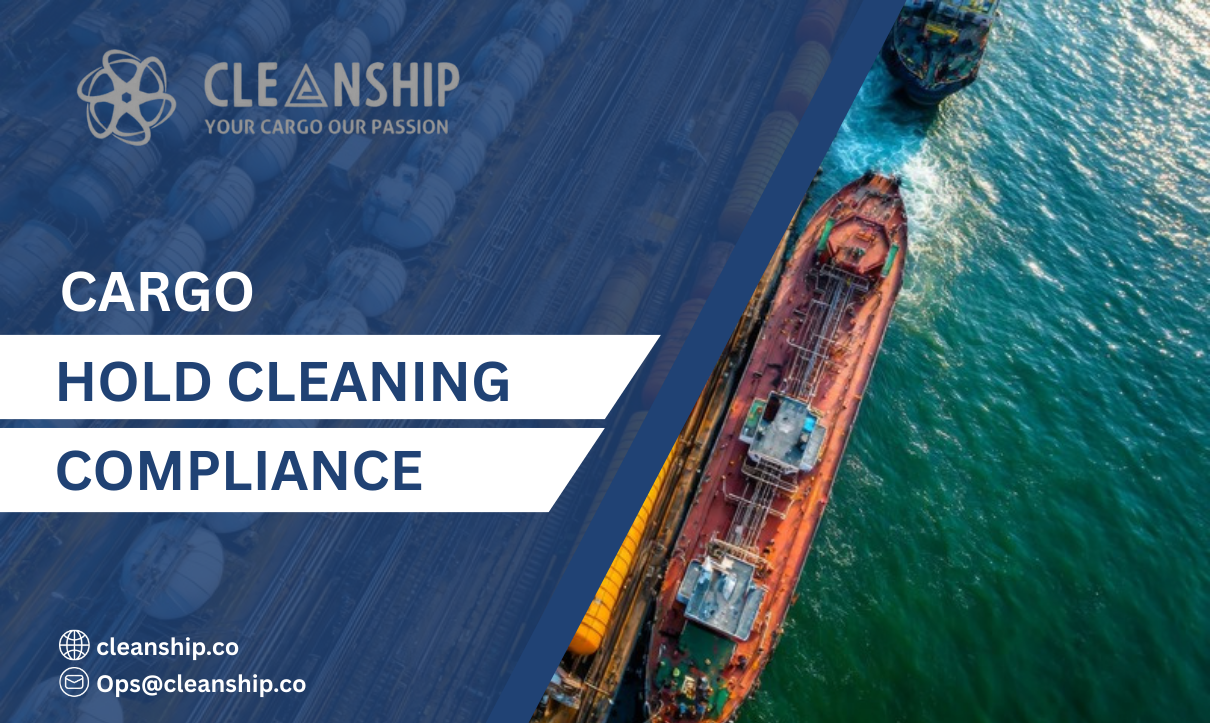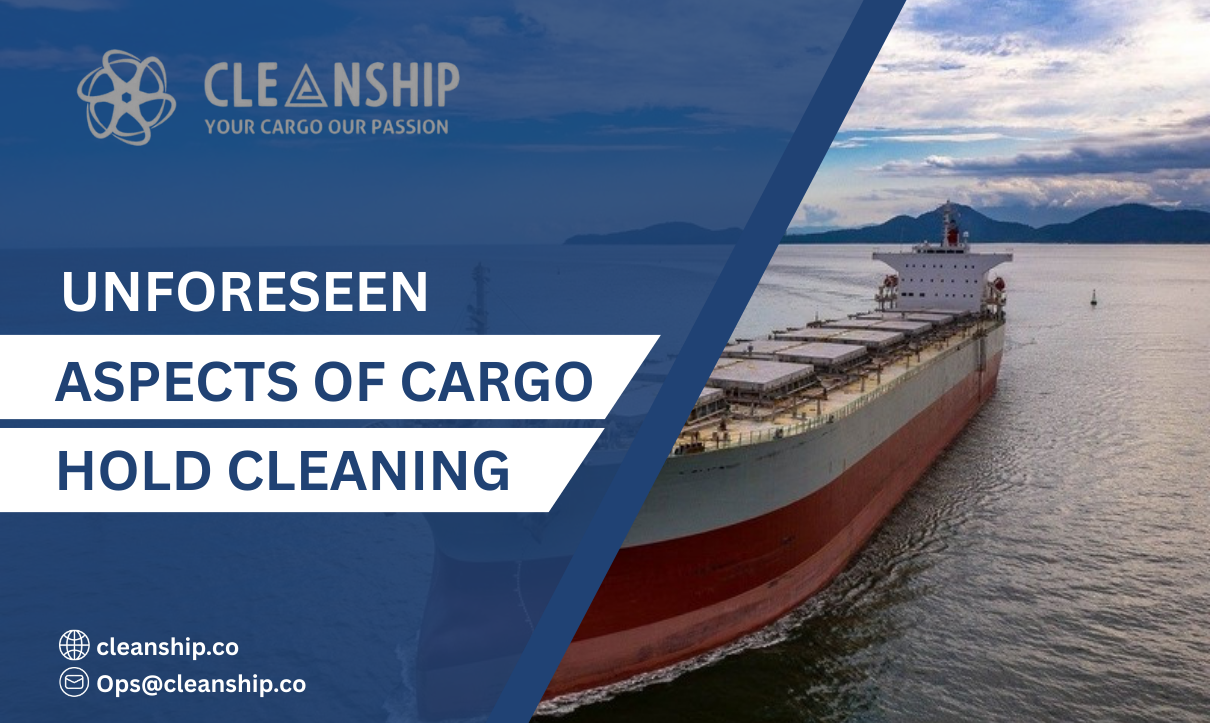The maritime industry plays an important role in Global Trade, transporting goods internationally’s oceans. With this responsibility comes the want for strict protection measures to guard both the crew and the environment.
Here are the top 10 marine cargo ship safety protection measures that are necessary for maintaining unnecessary standards of safety within the industry.
1. Crew Training and Certification
Making sure that every crew member is properly skilled and authorized is the cornerstone of maritime safety. Crew participants must go through rigorous instruction programs that cover a huge range of topics, inclusive of emergency procedures, firefighting, first useful resources, and the use of lifestyle-saving equipment. Every day drills and sporting activities assist keep the crew prepared for any scenario that can stand up.
2. Proper Maintenance of Marine Cargo Ship Safety Equipment
Regular maintenance and inspection of the safety system, consisting of life rafts, life jackets, fire extinguishers, and emergency beacons, are important. Equipment needs to be checked for functionality and compliance with international safety requirements. This guarantees that in the event of an emergency, all equipment will perform as expected.
3. Implementation of the International Safety Management (ISM) Code
The ISM Code is a set of rules developed by the International Maritime Organization (IMO) to confirm the safe management and process of ships. Adherence with the ISM Code requires shipping companies to establish safety management systems (SMS) that manage all aspects of ship operations, from maintenance to emergency preparedness.
4. Adherence to the International Convention for the Safety of Life at Sea (SOLAS)
SOLAS is one of the most important international treaties concerning the security of merchant ships. It establishes minimum safety standards in the construction, equipment, and operation of ships. Adherence with SOLAS confirms that ships are fitted with the necessary safety measures to protect the crew, passengers, and cargo.
5. Effective Navigation and Communication Systems
Modern cargo ships are fitted with advanced navigation and communication systems that improve safety at sea. Electronic Chart Display and Information Systems (ECDIS), Automatic Identification Systems (AIS), and Global Maritime Distress and Safety Systems (GMDSS) provide real-time data that helps in bypassing collisions, managing traffic, and coordinating emergency responses.
6. Implementation of the Ballast Water Management Convention
Ballast water, used to stabilize ships, can carry dangerous aquatic organisms and pathogens across areas. The Ballast Water Management Convention seeks to control the spread of these interfering species by requiring ships to manage their ballast water and sediments.
Keeping with this convention is important for protecting marine ecosystems and maintaining environmental protection.
7. Regular Safety Audits and Inspections
Periodic cargo ship safety audits and checks by both internal teams and external regulatory bodies confirm that safety standards are always met.
These audits determine potential risks and areas for improvement, allowing shipping companies to take corrective steps promptly. Regular inspections also help in maintaining adherence to international safety regulations.
8. Emergency Response Plans
Having well-developed emergency response programs is important for handling unpredictable situations such as fires, collisions, or medical emergencies. These plans should include clear procedures for evacuation, communication, and coordination with rescue services.
Regular drills and simulations help the crew to introduce themselves to these procedures and respond effectively during emergencies.
9. Fatigue Management
Fatigue is a considerable cargo ship safety concern in the maritime industry, as it can impair the judgment and performance of crew members. Executing measures to manage fatigue, such as adequate rest periods, work-hour regulations, and monitoring systems, can seriously reduce the risk of accidents caused by human error.
10. Advanced Fire Safety Measures
Fire poses one of the most significant dangers to marine cargo ship safety. Implementing advanced fire safety measures, such as automatic fire detection and suppression systems, fire-resistant materials, and regular fire drills, can control the outbreak and spread of fires on board.
Proper training in firefighting procedures and the use of fire safety equipment is also important.
Read Also: How Are Bulk Carriers Cleaned?
Conclusion
Marine cargo ship safety is important in the marine industry, and these top 10 safety measures deliver a broad framework for protecting the crew, cargo, and environment. By ensuring proper training, regular maintenance, compliance with international regulations, and the performance of advanced technologies, shipping companies can create a safer and more efficient maritime industry.
Constant improvement and vigilance are required to adapt to new challenges and uphold the highest standards of safety at sea.
Frequently Asked Questions
1. What is a cargo ship safety certificate?
Ans : A Cargo Ship Safety Certificate (CSSC) is issued as an alternative to separate Cargo Ship Safety Construction, Cargo Ship Safety Equipment, and Cargo Ship Safety Radio Certificates.
2. What is PPE in a ship?
Ans : PPE stands for Personal Protective Equipment. In the context of ship cleaning or any maritime industry, PPE includes various kinds of gear and clothing designed to protect workers from risks.






Leave A Comment